Persian cats are on top of the list of the most popular cat breeds in the United States. They are also one of the oldest. Persians have long hair which soften their facial features. But their face is not the only thing that is soft about them. They are well loved by cat enthusiasts because they are serene, quiet, and are not overly playful. In addition, their beauty gives an air of regalness around them which makes them pets fit for royalty.
See also:
Brief History On Persian Cats
Persian cats have been around for more than a century. They have been noted to exist as early as 1684 B.C. as proven by ancient Egyptian hieroglyphics. The ancestors of Persian cats originated from Persia. European tradesmen were fascinated by the beauty of these long-haired felines that many agreed to trade their goods for a cat. This paved the way for the Persian cat breed to spread throughout Europe.
Persian cats underwent selective breeding programs to preserve its long-haired appearance and calm and affectionate temperament as well as solidify its bloodline. When the Cat Fancier’s Association started keeping record of existing cat breeds in 1971, Persian cats were one of the first cat pedigrees to be registered.
It wasn’t until the 1900s that Persian cats were brought to the United States from England.
The Appearance Of Persian Cats
The long and silky coat is one of the standard criteria of the Persian cat breed. They are medium sized felines with a stocky built and large bony legs. Persians have rounded heads with large eyes and a snubbed nose. Their hair softens their facial features, making them look cute and cuddly.
A fully mature Persian cat can weigh around 7 to 10lbs with a height of around 10 to 15 inches. They come in a wide variety of colors and patterns range from solid, tabby, bi-color, parti-color, and Himalayan.
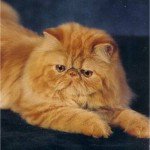
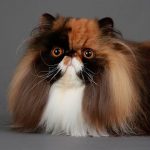

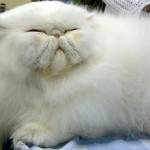
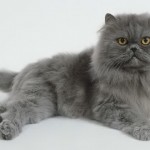
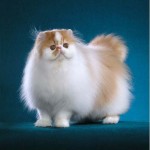
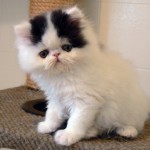
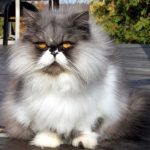
A Persian Cat’s Temperament
Persian cats are known to be very calm and serene creatures. However, this does not mean that they aren’t playful. They do like to play around with their owners but not as much as other cat breeds. It’s not that they tire easily, they just like to keep to themselves most of the time.
One thing that should be remembered though is the fact that Persian cats tend to gravitate towards only one person in the household. Once they have decided who they would like to form a bond with, they can be seen following that person around from room to room or sitting beside him or her all the time. Never the less, they are people-oriented and can be kept in a multi-pet homes.
Health Concerns
Persian cats generally live long lives. However, daily grooming is very important because their long hair can easily get tangled and form mats. Furthermore, their large eyes tear easily and this can be a cause for dermatitis to develop on the folds of their skin. Those who would like to own a Persian cat should first assess if they can devote enough time to groom their pet on a daily basis.
Another illness that is common to Persian cats is Polycystic Kidney Disease. This illness is hereditary and can be detected at birth. However, recent discoveries in the veterinary field has made PKD manageable through proper diet and regular visits to the vet so the progression of the disease can be monitored and proper steps can be taken.
Check out one of our favorite posts on the Maine Coon Cat
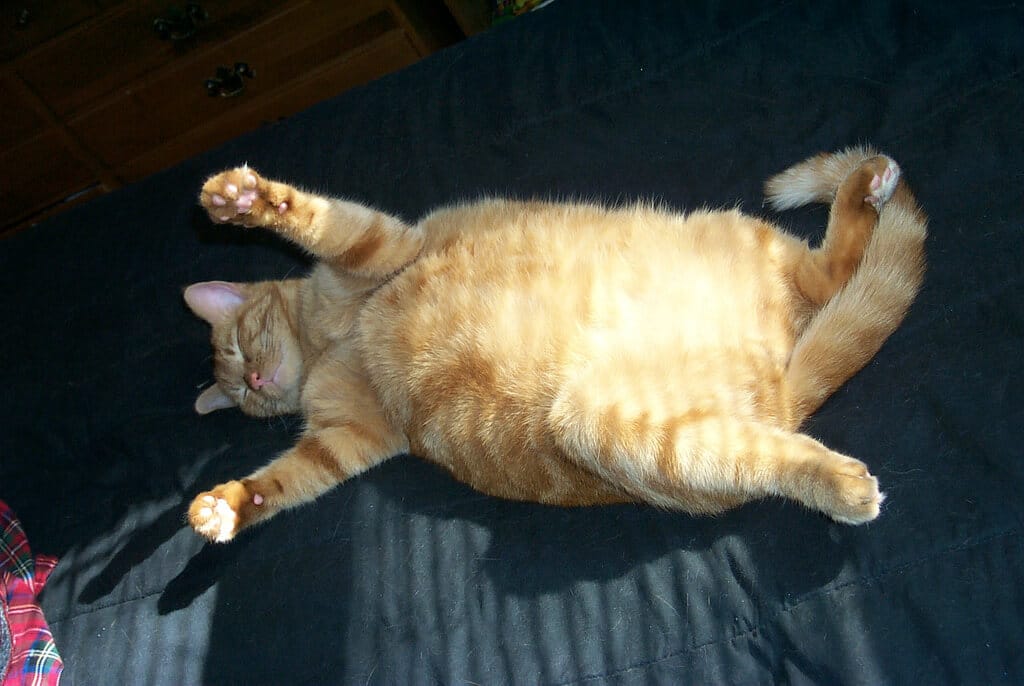 Best Wet Cat Food for Weight Loss
Best Wet Cat Food for Weight Loss NomNomNow: Fresh and Healthy Cat Food Review
NomNomNow: Fresh and Healthy Cat Food Review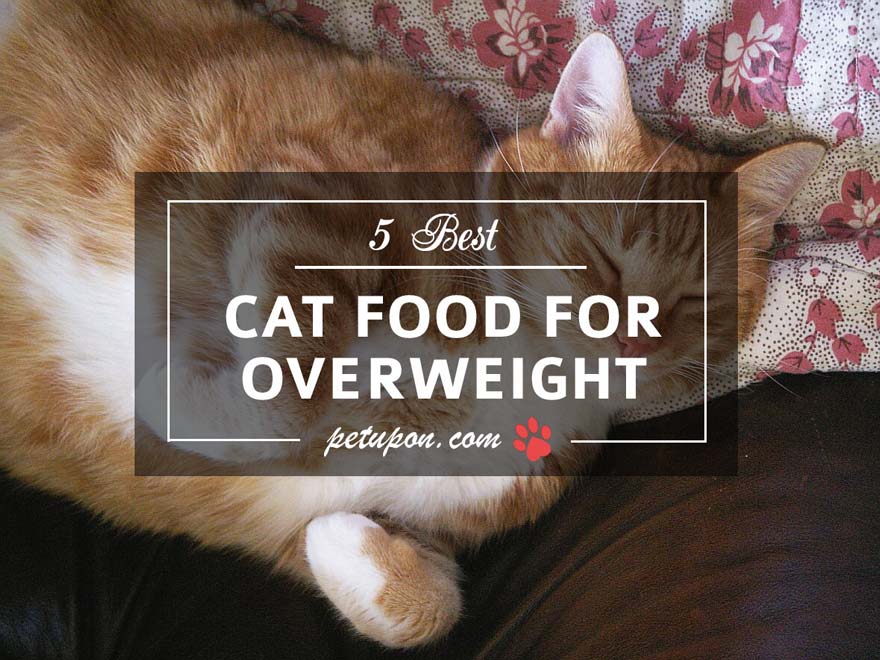 Best Cat Food for Overweight Cats
Best Cat Food for Overweight Cats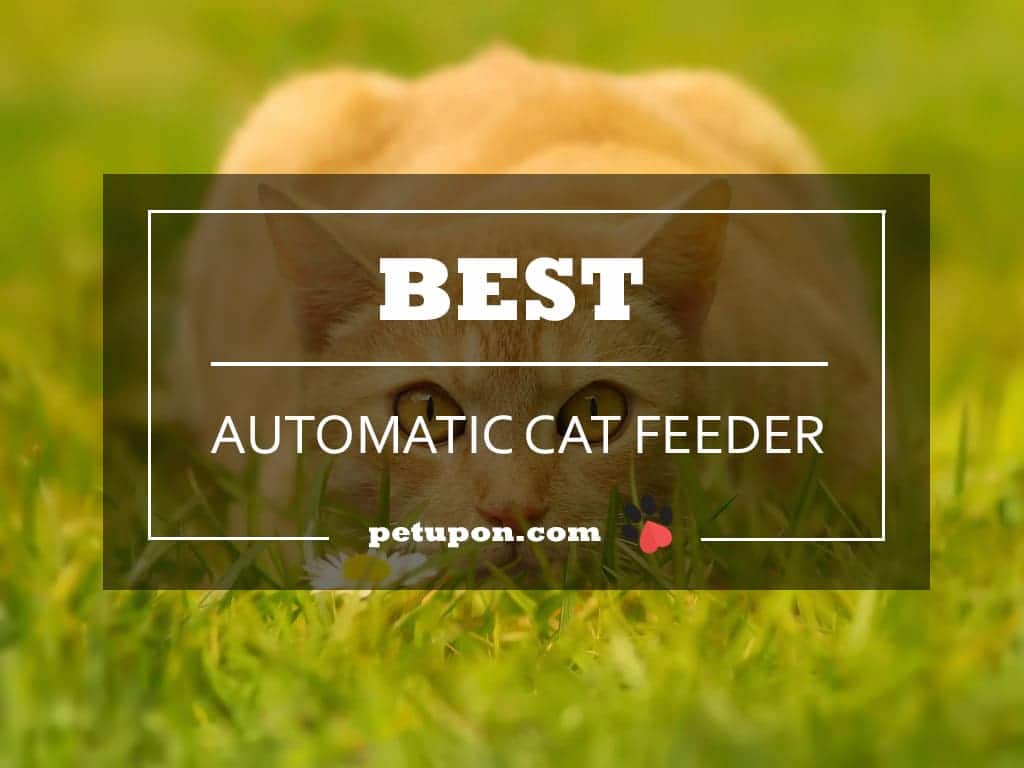 5 Best Automatic Cat Feeder [2019 Updated]
5 Best Automatic Cat Feeder [2019 Updated]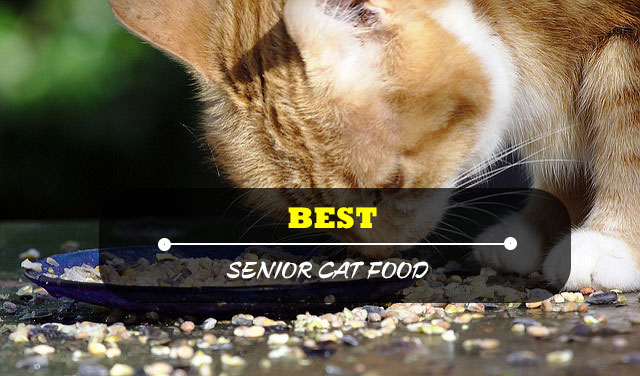 Best Senior Cat Food 2019
Best Senior Cat Food 2019
Leave a Reply